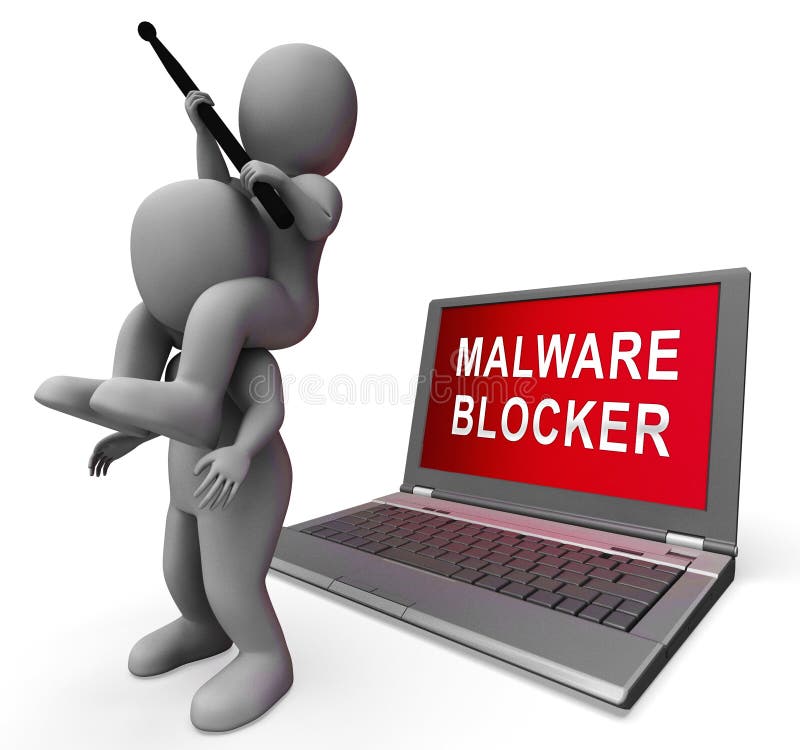

In fact, this format can be used to create and run JavaScript files.
#FILE SECURE TROJAN PDF#
Many users are aware of the dangers of macros in Microsoft Office documents, but generally not of the traps hidden in PDF files.

If the victim opened the file and accepted to activate the macro (disabled by default due to security reasons), the Trojan was downloaded to the computer. For example, a banking Trojan known as Ursnif has infected many devices of Italian users by imitating a payment notification. They are sent in disguise, as contracts, invoices, tax notifications, and management team messages.

Typically, these files are intended for employees of companies that work in offices. These files may contain integrated macros -small programs that run inside the file, which cybercriminals use as scripts to download malware. Microsoft Office files, all Word documents (DOC, DOCX), Excel spreadsheets (XLS, XLSX, XLSM), presentations and templates are also very popular with cybercriminals.
#FILE SECURE TROJAN UPDATE#
Therefore, we recommend that all WinRAR users update the program immediately to avoid malware. That is, the files could go to the boot folder, and would run on the next reboot. Apparently, during the creation of a file, you can set a series of commands, so that the content is unzipped in the system folder. This year, we also witnessed the discovery of a very interesting resource in WinRAR. A few weeks later, a group of scammers sent files with Trojan Qbot, specialized in data theft. For example, they used ZIP files named Love_You0891 (numbers may vary) to distribute the GandCrab ransomware on Valentine's Day. ZIP and RAR FilesĬybercriminals love to hide malware in files. The scammers have their favorite formats and in this publication we will discuss the types of files most used this year to hide malware. In order for the receiver to click and open the file that downloads the malware, cybercriminals do a makeover to make it interesting, useful or important: a working document, a good offer, a gift card with the logo of a well-known company, etc. Every day, millions of spam messages are sent and although most are harmless advertisements, eventually a malicious file is hidden in one of the messages.


 0 kommentar(er)
0 kommentar(er)
